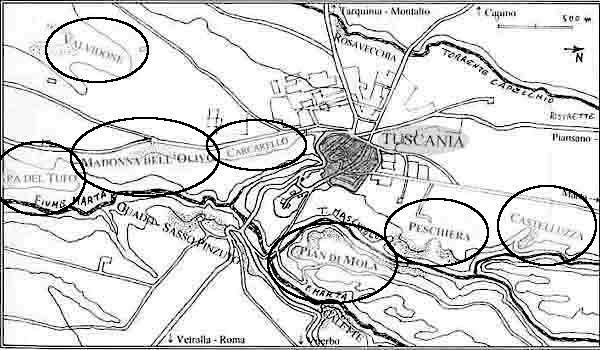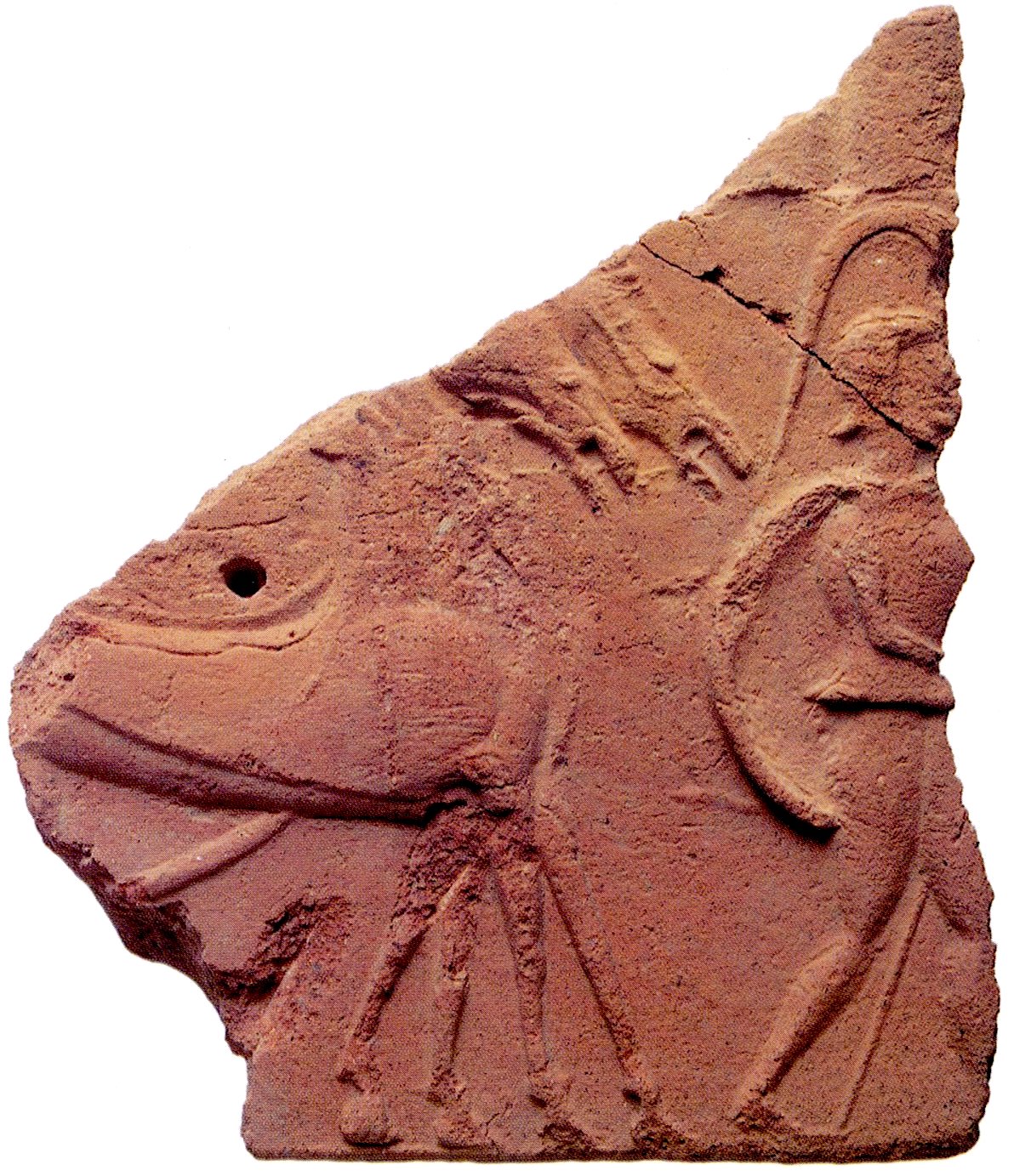




Last week I participated to the excavation in Tuscania: it was a thrilling experience.
Bringing to light objects and contexts of the life and death of our ancestors of 2400 years ago is something quite different from visiting an archaeological site already equipped for tourists.
It almost seems to get in touch with them, and to retrace their steps in accompanying their relatives to the afterlife.
For me it was great.
I wanted to thank all those who participated in the excavation who with infinite patience, total availability and expertise have answered all my questions and curiosities.
If fate does not decide otherwise, I would like to book also for next year, in Tuscania or in any other place chosen by CAMNES.
I also would like to book for the restoration activities of the artifacts during the Winter season.
Thanks again to all.
Greetings,
F. Agnoloni
 The comments of a Field School participant
The comments of a Field School participant

Participants must bear in mind that all above- mentioned equipment and materials are MANDATORY and must be brought from home. If participants are found devoid of any of these items, the director of the project may deny excavation access.
Further details will be given during the first class. Participants will be provided with necessary work and study materials, covered by the tuition.
TUITION AND APPLICATION
Prospective applicants must contact Lorenzo de' Medici for further details about the program and how to apply.
A maximum of 20 participants are accepted, with preference given to early applicants.
Deadline for applications: May 15th, 2025
The Tuition Fee includesTo Enroll:
If you are seeking academic CREDITS you must enroll through Lorenzo de' Medici Institute here:
WEB : www.ldminstitute.com E-MAIL : info@ldminstitute.com
If you are NOT seeking credits please follow the LdM instructions here
